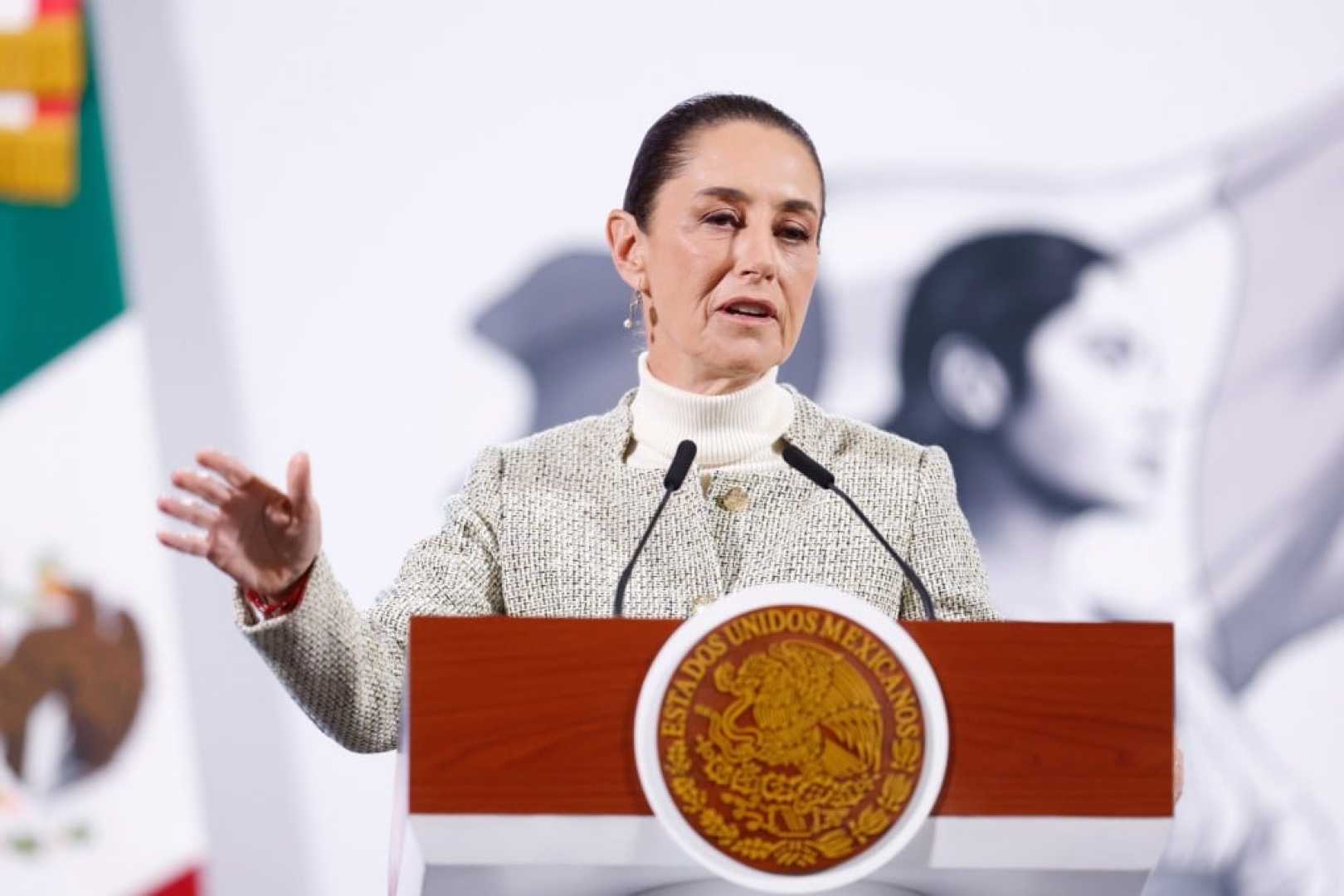World
Mexico Challenges Google Over Gulf of Mexico Renaming to Gulf of America

MEXICO CITY, Mexico — Mexican President Claudia Sheinbaum has formally contested Google‘s decision to rename the Gulf of Mexico as the Gulf of America for U.S. users, following an executive order by U.S. President Donald Trump. The move has sparked a diplomatic and digital cartography dispute between the two nations.
Sheinbaum presented a letter to reporters on Thursday, emphasizing Mexico’s sovereignty over its territorial waters. “In the case of Mexico, where are we completely sovereign? In the area established as 12 nautical miles from the coastline, and this applies to all countries worldwide,” she stated. She argued that any name change should only apply within the 12-nautical-mile limit of U.S. waters, not the entire Gulf of Mexico.
The Mexican president also referenced a counterproposal she made earlier this month, suggesting the U.S. be renamed “Mexican America” based on a 1607 map. “We requested that when someone searches for ‘América Mexicana’ in the search engine, the map we previously presented should appear,” she added.
Google announced on Monday that it would comply with Trump’s executive order, renaming the Gulf of Mexico as the Gulf of America for U.S. users on Google Maps. The tech giant stated that the change aligns with its policy of updating names based on official government sources. Users in Mexico will continue to see the “Gulf of Mexico,” while the rest of the world will see both names.
Trump’s executive order, signed on January 20, also includes renaming Mount Denali in Alaska back to Mount McKinley, reversing a 2015 decision by former President Barack Obama. The order aims to “honor American greatness” and promote the nation’s heritage, according to the White House.
The Gulf of Mexico, a body of water bordered by Mexico, the U.S., and Cuba, has carried its name for over 400 years. The name was first documented in 1589 by English geographer Richard Hakluyt. In Mexico, it is also known by its Spanish name, “El Golfo de México.”
Critics of the renaming argue that it disregards historical and cultural significance. Lisa Murkowski, a Republican U.S. senator from Alaska, expressed her opposition to the Mount Denali name change on social media, stating, “Our nation’s tallest mountain, which has been called Denali for thousands of years, must continue to be known by the rightful name bestowed by Alaska’s Koyukon Athabascans.”
Google’s decision has also raised questions about the role of corporate mapping in geopolitical disputes. Sterling Quinn, an associate professor of geography at Central Washington University, noted that companies like Google prioritize business interests over political alignment. “Google’s approach is to try to make as few customers angry as possible,” he said.
The controversy highlights the broader implications of digital cartography in shaping global perceptions. As Sheinbaum concluded, “This is not just about a name; it is about respecting the sovereignty and history of nations.”












